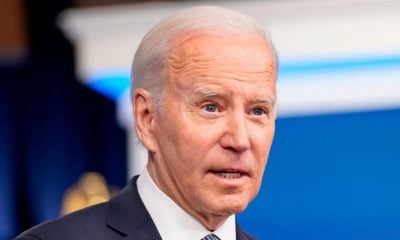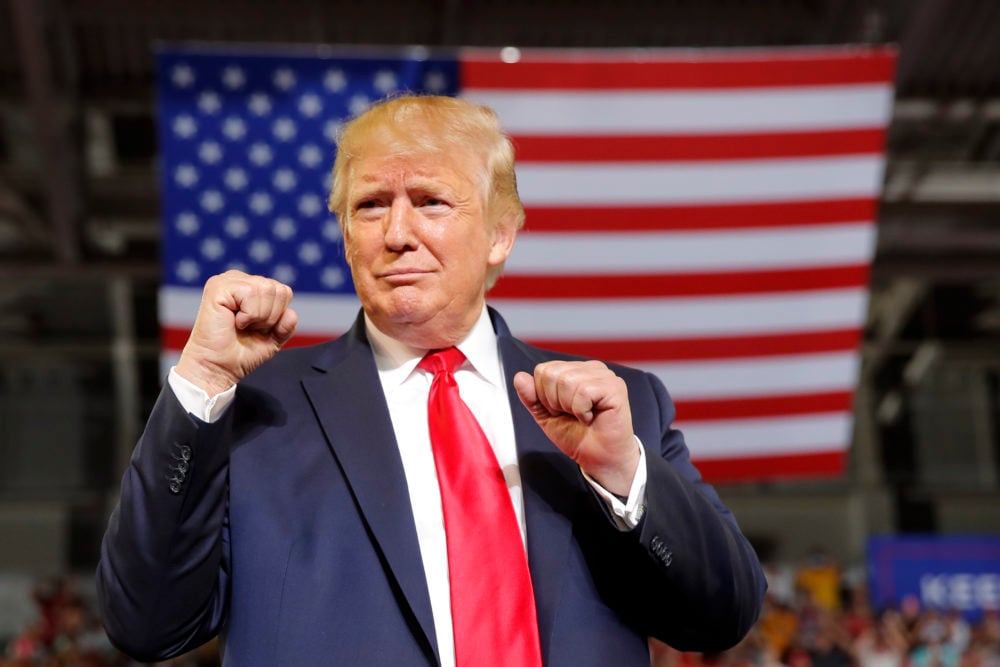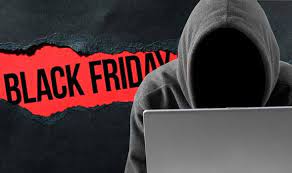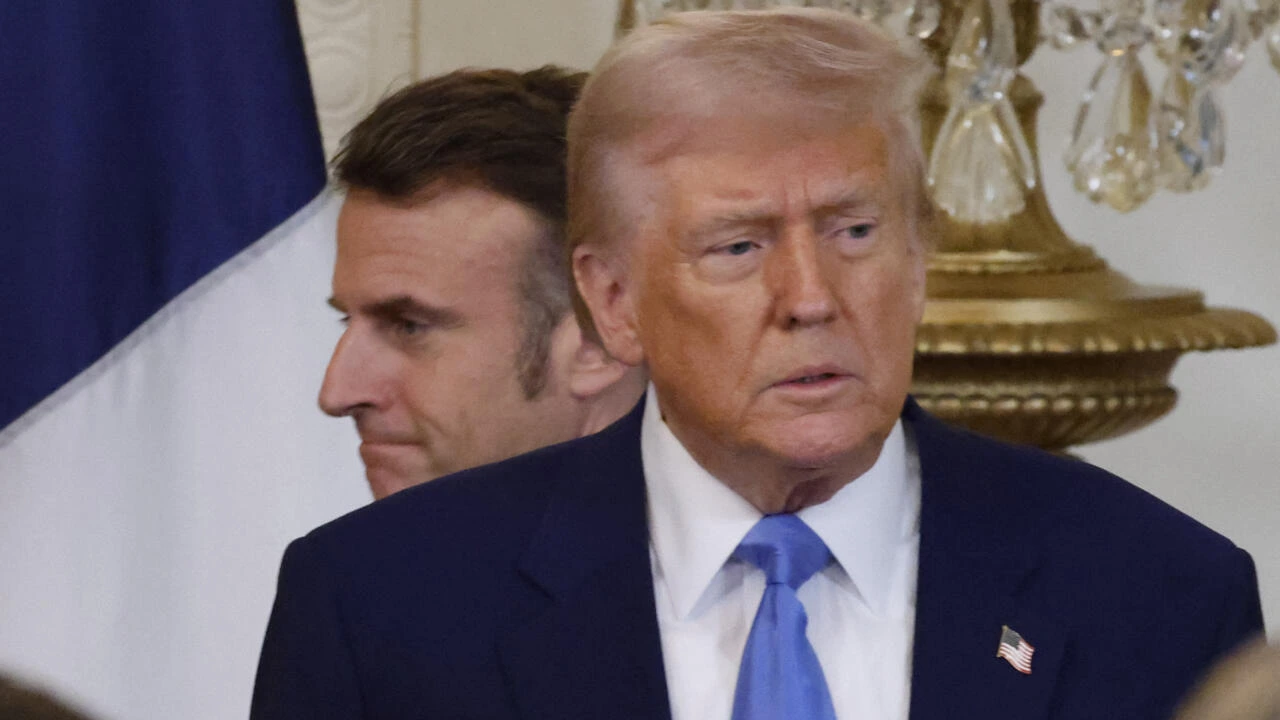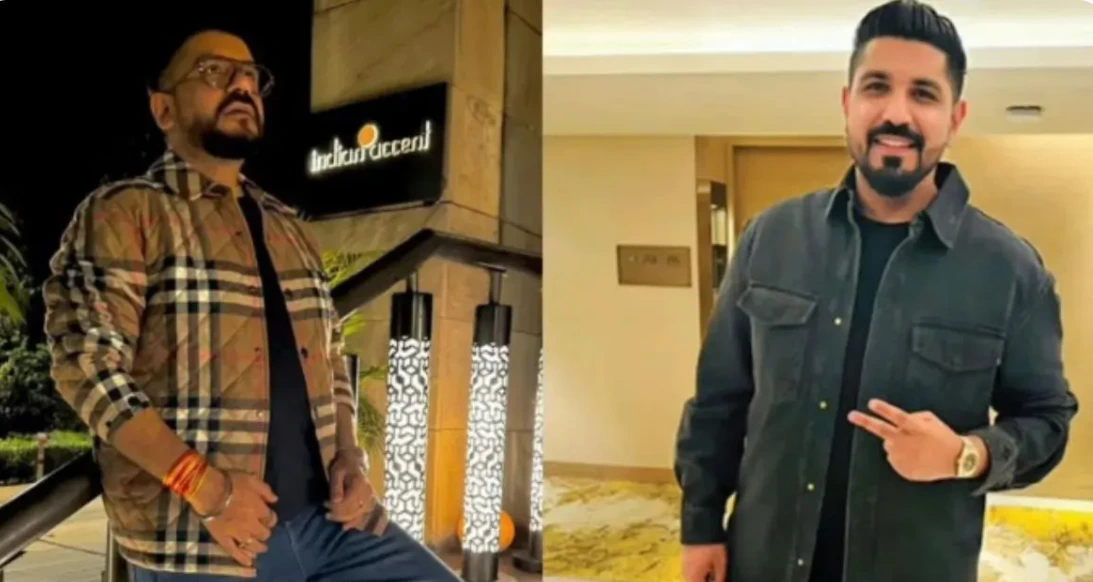Latest world news
Documenting Hate: How hate crimes fall through the cracks in our justice system
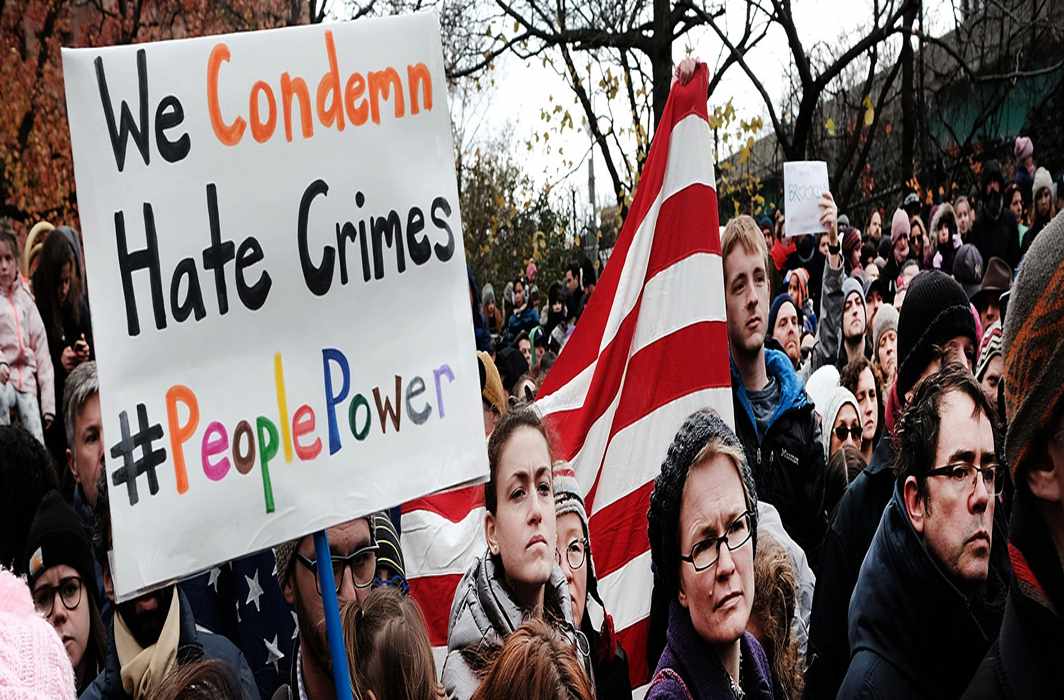
Latest world news
US lawmakers move resolution to roll back Trump’s 50% tariffs on Indian imports
Three US lawmakers have moved a resolution to end Trump’s emergency declaration that imposed 50% tariffs on Indian goods, calling the move illegal and harmful to trade ties.
Latest world news
Mexico imposes 50% tariff on Indian imports, auto exports maybe hit
Mexico’s approval of 50% import duties on select goods from India and other Asian countries threatens nearly $1 billion worth of Indian exports, especially in the automobile sector.
Latest world news
Luthra brothers detained in Thailand after Goa nightclub fire tragedy
Delhi restaurateurs Saurabh and Gaurav Luthra, accused in the Goa nightclub fire that killed 25 people, have been detained in Thailand as India moves to secure their deportation.
-
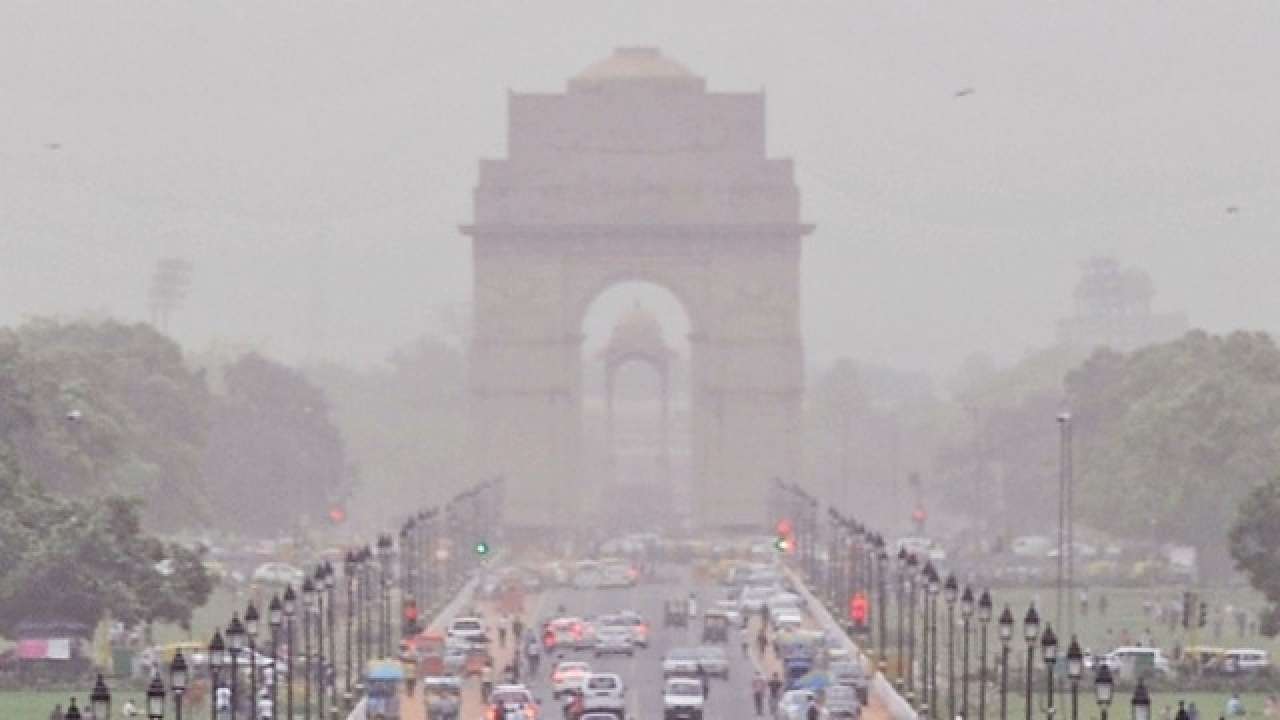
 India News17 hours ago
India News17 hours agoDelhi air quality nears severe as smog blankets city, airport issues advisory
-
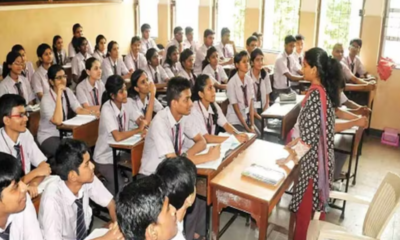
 India News17 hours ago
India News17 hours agoDelhi enforces new law to regulate fees in private schools
-

 India News12 hours ago
India News12 hours agoChaos mars Lionel Messi’s Kolkata GOAT Tour event as fans protest poor arrangements
-
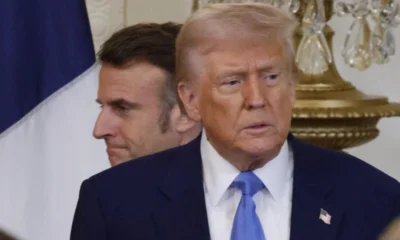
 Latest world news17 hours ago
Latest world news17 hours agoUS lawmakers move resolution to roll back Trump’s 50% tariffs on Indian imports



